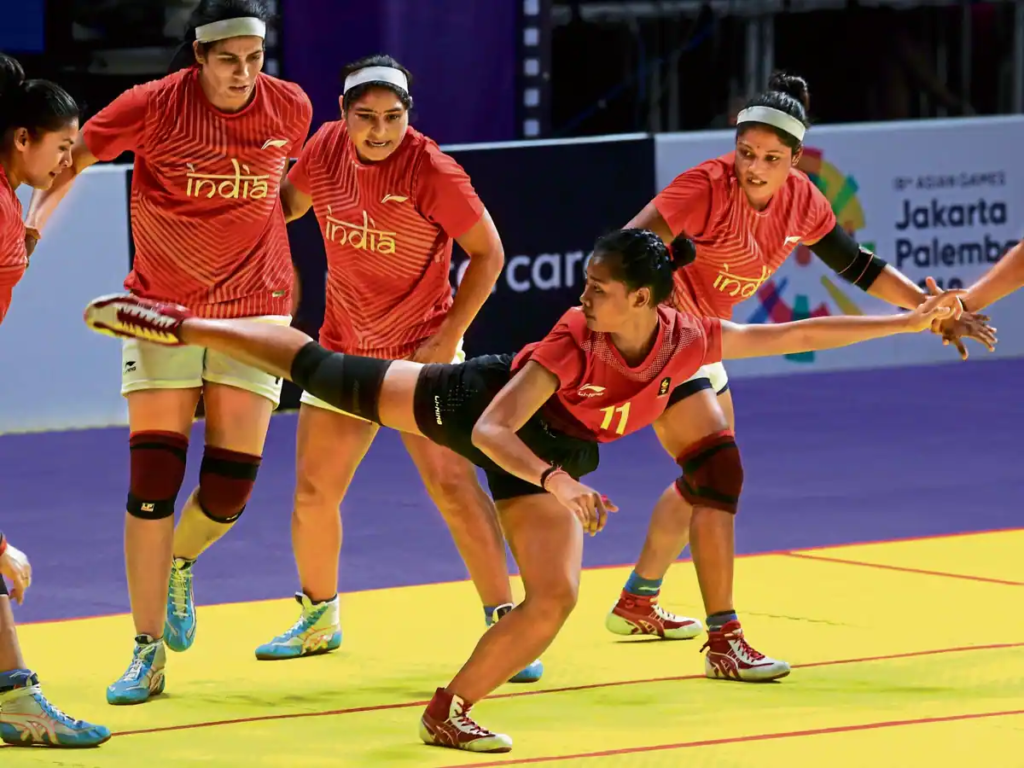
Kabaddi is a popular contact sport that originated in ancient India and is now played all over the world. It is a fast-paced and exciting game that requires both physical strength and mental agility. One of the key aspects of Kabaddi is the team composition, including the number of players on the field at any given time. In this article, we will break down the Kabaddi team and answer the question: how many players are there in Kabaddi?
Understanding the Basics of Kabaddi
Before we dive into the specifics of the team composition in Kabaddi, let’s first understand the basic rules of the game. Kabaddi is played between two teams, each consisting of seven players. The objective of the game is for one player, known as the “raider,” to enter the opponent’s half of the field, tag as many defenders as possible, and return to their half of the field without being tackled. The defenders, on the other hand, must prevent the raider from doing so by tackling them.
The field is divided into two halves, with a centerline separating them. The raider must touch the opponent’s half of the field and then return to their half within a specific time limit, all while chanting “kabaddi, kabaddi” to prove they are not taking a breath. If the raider is successful in tagging defenders and returning to their half, they score points for their team. On the other hand, if the raider is tackled by the defenders, the defending team earns a point.
Now that we have a basic understanding of the game, let’s take a closer look at the team composition in Kabaddi.
Team Composition: How Many Players Are There in Kabaddi?
As mentioned earlier, each Kabaddi team consists of seven players. These players are divided into two categories: raiders and defenders. The seven players on a Kabaddi team are typically as follows:
1. Raiders (3 players):
The raiders are responsible for scoring points by tagging defenders and returning to their half of the field. They are quick, agile, and have good decision-making skills. Raiders often have to think on their feet and adapt to the defenders’ strategies to outsmart them.
2. Defenders (4 players):
The defenders are tasked with preventing the raider from scoring points. They must work together as a cohesive unit to tackle the raider and stop them in their tracks. Defenders are typically strong, physical players who excel at grappling and holding their ground against the raiders.
In Kabaddi, only seven players from each team are allowed on the field at any given time. This means that each team can have a maximum of seven players actively participating in the game, with the remaining players waiting on the sidelines as substitutes.
Substitutions in Kabaddi
Substitutions play a crucial role in Kabaddi, as players often need to be rotated to maintain the team’s energy levels and adapt to the opponent’s strategies. Substitutions can be made at any time during the game, but they must be done in a strategic manner to ensure that the team maintains its competitive edge.
When a player is substituted, they must leave the field and wait on the sidelines until they are called back into the game. The coach or captain of the team typically makes the decision on when to make substitutions based on the flow of the game and the team’s performance.
In Kabaddi, substitutions are not only about replacing tired players but also about changing the team’s dynamics and strategy to gain an advantage over the opponent. By rotating players and utilizing different skills and strengths, teams can keep their opponents on their toes and maintain a competitive edge throughout the game.
Conclusion
In conclusion, a Kabaddi team consists of seven players, with three raiders and four defenders on the field at any given time. The players must work together as a cohesive unit to outmaneuver their opponents and score points. Substitutions play a crucial role in Kabaddi, allowing teams to rotate players and adapt to the opponent’s strategies. By understanding the team composition and dynamics in Kabaddi, players and fans alike can appreciate the intricacies of this fast-paced and exciting sport.
Can’t get enough of sports? Check out Sport Circle’s Youtube Channel here. Want more bite-sized content? Follow us on Instagram and Twitter!

[…] at maintaining a balance between local and international talent in the league and ensuring that Indian players get enough opportunities to showcase their […]